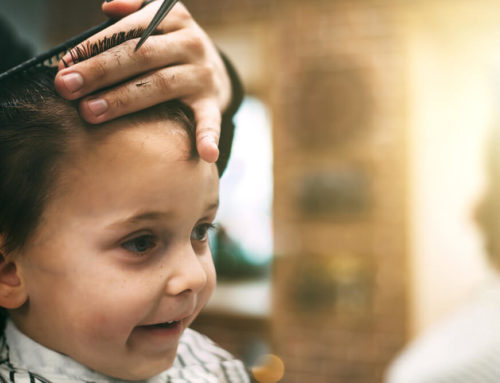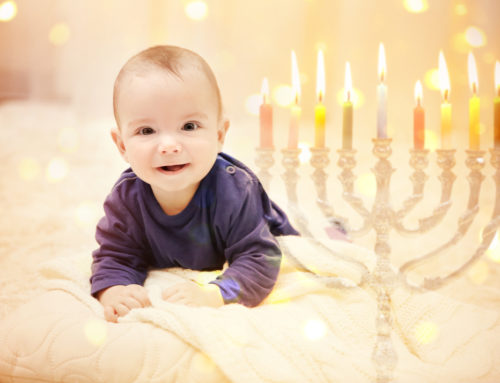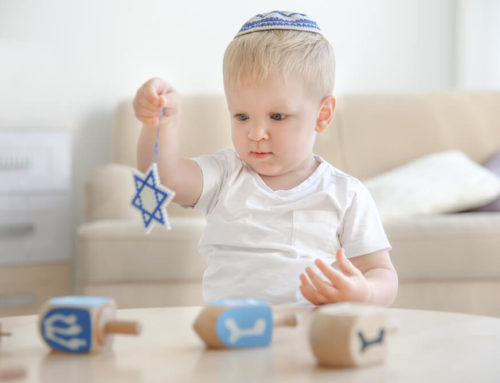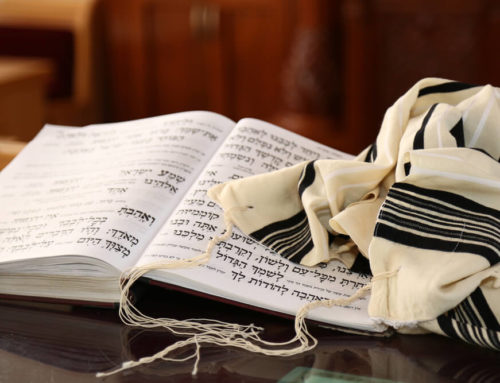Jewish life cycles observe the lives of individuals and families, celebrating happy events and occasions, like baby-namings and the event of a b’rit milah. Still, the Jewish faith also aims to give guidance and support to families and individuals in times of mourning and grief.
This article will aim to cover the most important religious events of Jewish life cycles giving more insight into every one of them, explaining their religious context and what they symbolize within the Jewish faith.
If you feel that you might have any more questions or concerns after reading the article, feel free to reach out to dr. Andrew Krinsky for more information about these events and related services.
The Bris or the B’rit Milah
This is the event of naming and circumcising young Jewish baby boys. The event takes place on the eighth day of their life, including the day they were born. For most, the b’rit milah may seem more like a surgical procedure, but it’s more than just removing the foreskin from the baby’s penis. The circumcision is the main symbol that creates the bond between God and the Jewish people. Circumcision, in this case, is the symbol that binds Jewish generations together, starting with Abraham.
B’rit Bat
The b’rit bat can be described as the baby girl’s welcoming ceremony into the covenant. Naturally, there’s no circumcision here, and the event focuses on giving the baby girl a name.
In contrast to the b’rit milah, the b’rit bat doesn’t require the family to have the ceremony performed on a specific date or at a particular place. As such, most families will choose to observe the event of the b’rit bat later, about a good month after the baby girl’s born.
From a traditional standpoint, there is also little to no particular set of formal rules for a b’rit bat. Some families will choose to have the event during a Torah aliyah, but others might decide to skip lighting candles and using a talit, and so on.
Lastly, the ceremony can occur at a Temple or the family’s home.
Bar Mitzvah and Bat Mitzvah
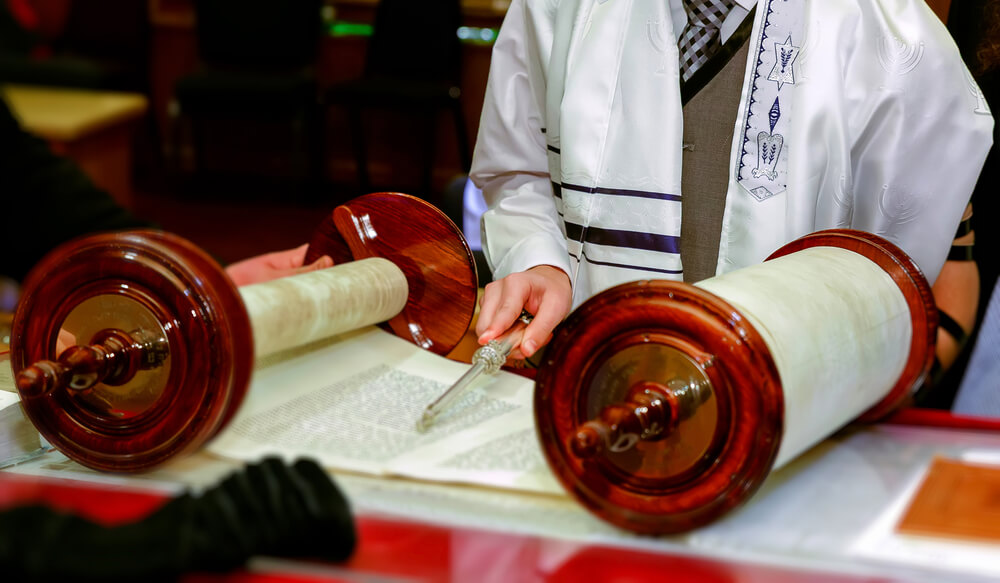
Bar and Bat Mitzvahs are the ceremonies that celebrate the coming of age of Jewish girls (Bat mitzvah) and boys (bar mitzvah).
Since the middle ages, boys have celebrated this event at the age of thirteen. When they became a bar mitzvah, they came up to the Torah honoring aliyah in the synagogue.
In the case of a bat mitzvah, the coming of age was traditionally twelve years, but some congregations celebrate the event when the girl becomes thirteen what a mostly similar ceremony in the case of the boys.
These mitzvahs, or coming of age, mean that boys and girls accept and fulfill the commandments of the Torah.
Bar mitzvah in Aramaic translates to “a man of mitzvah,” while in the case of girls, the term bat mitzvah translates to “a woman of mitzvah” in Hebrew.
Most of the time, these celebrations are preceded by intensive preparation, sometimes even a year long. Most congregations take immense pride when they see these young people present a significant portion of the service.
Confirmation
Unlike the older Jewish life cycle events like the b’rit milah or the b’rit bat, this ceremony was established in the 19th century by the Reform Movement for young women and men finishing their studies in religious schools.
The event is often held close to or directly on Shavout near the end of 12th, 11th, or 10th grade. Reformers in early times believed that confirmation would be a more suitable event after finishing high school to declare their fidelities to the Jewish faith and identity. Still, today, Reform congregations often celebrate confirmation and both mitzvahs.
Weddings
Another crucial part of Jewish life cycles, Jewish weddings stand for more than just a “status update” from single to being married. The ceremony during the wedding aims to transform the couple into a symbol of the first love of Adam and Eve along with the world’s promised redemption.
During the ceremony, the couple will usually be under a chuppah, which is a canopy symbolizing the home they will establish as married partners. The witnesses of the wedding will sign the marriage contract called the Ketubah that describes the pledge the couple makes under the chuppah to be loyal to each other and that their love will never fade.
The couple will also drink two cups of wine: the first to declare the wedding and the second to announce the marriage.
Illness
Even though they might not seem like Jewish life cycles at first, tending to illnesses or caring for the sick and visiting them is defined as an essential mitzvah in the Jewish faith. As such, the entire community should ensure that the elderly and ill aren’t alone and isolated within the congregation.
Funerals
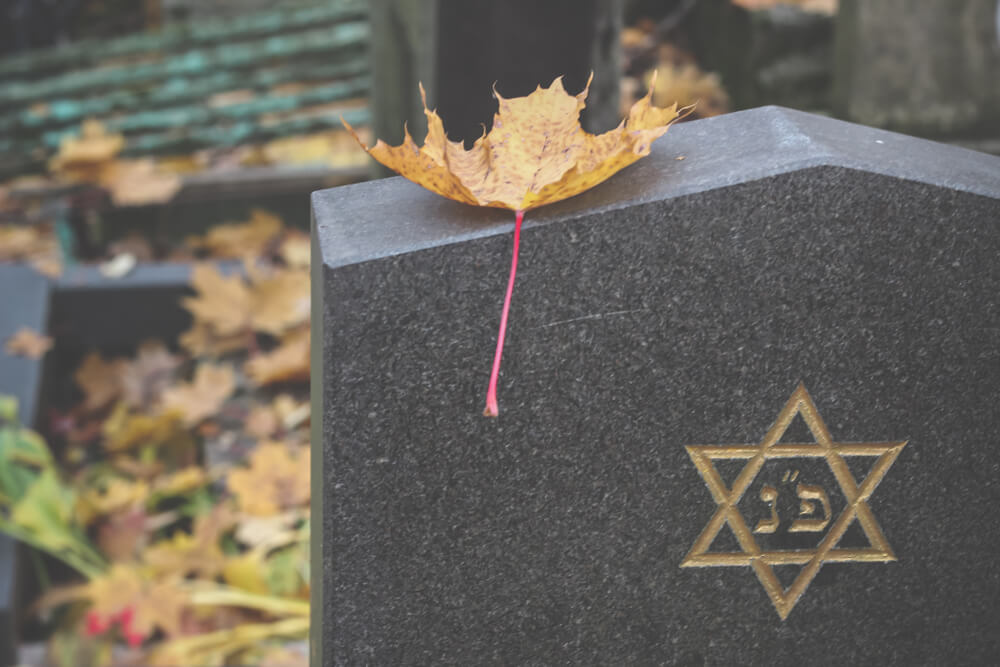
The end of somebody’s life is also essential even in the Jewish faith, with tradition demanding that the body of the deceased person must the treated with the utmost respect. In Jewish tradition, the ritual of taharah is performed, where people wash the deceased body and place it in a simple wooden casket because “all are equal after death.”
A relatively fast burial procedure follows, which usually takes place on two or sometimes three days with a brief service.
The service will usually include the hesped eulogy that aims to give a realistic yet positive picture of the person’s life.
Mourning
The Jewish tradition gives a rather simple outline for those who grieve. After the death of a person, the relatives are encouraged to accept the reality of life and death’s cycle, but they are excused from all other responsibilities that aren’t related to the funeral preparation. Also, offering your condolences to the mourners during this period is considered fruitless. However, after the funeral, relatives and friends are encouraged to show their support and sympathy.
Following the funeral comes the period of Jewish shiva for first-degree relatives. During Jewish shiva, the mourners are at home with other community members caring for them. Generally, Jewish shiva will end on the seventh day of the funeral (lasting for a week). And after this, the family enters the period of the thirty days following their loved one’s death, called sheloshim. During this month-long period, the mourners will not indulge in frivolous activities and entertainment, and for eleven months, the close family members will recite the Mourner’s Kaddish to cherish the memory of their lost loved one.
Learning More About Traditions
The Jewish faith has several important events that help communities better understand the covenant between them and God. These ceremonies and rituals also help us remember the importance of our religious and cultural values that have defined our communities for centuries.
As such, if you wish to learn more about them, especially the ceremony of the b’rit milah, feel free to reach out to our practice. We will be more than happy to answer all your questions.




